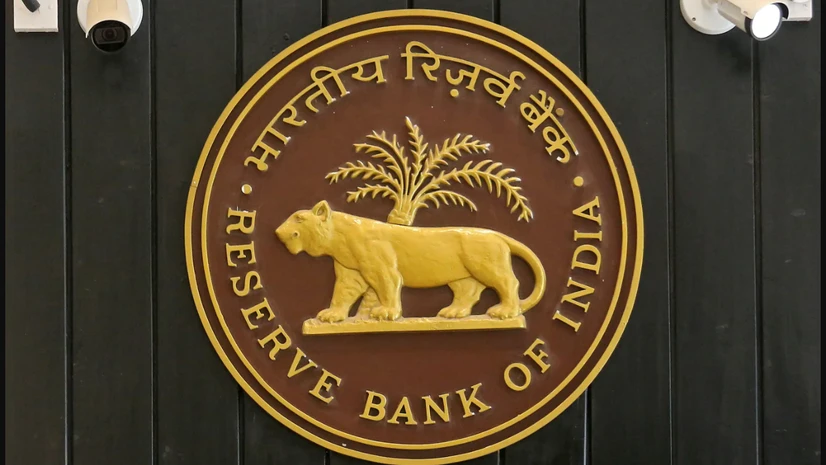Don't want to miss the best from Business Standard?

Just as India’s flagship payments platform, Unified Payments Interface (UPI), has made payments universal, the Unified Lending Interface (ULI) also has the potential to mark a turning point in how affordable credit is accessed and delivered at scale, said Swaminathan J, Deputy Governor, Reserve Bank of India (RBI). Eternal Q1 results preview: Brokerages tracked by Business Standard estimate $40 Eternal's net profit to decline around 61 per cent year-on-year (Y-o-Y) on average, to ₹69.05 cr as compared to ₹176 cr
ULI aims to bring UPI-style interoperability to credit markets
Launched in August 2024, ULI is designed to transform India’s lending landscape. The platform facilitates seamless access to authenticated data from multiple sources through standardised Application Programming Interfaces (APIs).
It allows all lenders to connect via a ‘plug and play’ model, reducing appraisal time, especially for smaller borrowers in rural areas, and simplifying technical integrations.
“India is now developing the Unified Lending Interface (ULI), which seeks to bring the same principles of openness and interoperability to credit markets. Just as UPI made payments universal, ULI has the potential to mark a turning point in how affordable credit is accessed and delivered at scale,” Swaminathan said.
Also Read
UPI remains the foundation of India’s digital payments ecosystem
Speaking about UPI, Swaminathan said it has emerged as India’s flagship digital success story. “By integrating multiple accounts into a single mobile platform, UPI has revolutionised retail payments,” he noted.
“While UPI has rightly captured global attention, it represents only the most visible part of a much wider transformation. Behind it stands a comprehensive digital payments ecosystem that includes NEFT and RTGS for retail and high-value transfers, the Bharat Bill Payment System for interoperable bill payments, the Aadhaar Enabled Payment System for last-mile inclusion, and BharatQR for merchant acceptance,” he said.
Together, these systems form a layered, resilient, and inclusive digital architecture. “They ensure that digital transactions are not only fast and convenient but also secure, accessible, and trusted—cornerstones of India’s transition from a predominantly cash economy to a thriving digital one,” he added.
Fintech growth brings new risks, calls for digital resilience
Swaminathan cautioned that while the rapid rise of fintechs, digital platforms, and embedded finance models has expanded the financial system’s reach, it has also created new categories of risk.
“These are not simply traditional risks in digital form, but new frontiers arising from algorithmic decision-making, heavy dependence on data, concentration of services in a few platforms, and deep technological interconnections. Left unmanaged, such risks can quickly migrate from individual institutions to the broader system,” he said.
“This is why we encourage financial institutions to move to a proactive resilience mindset, embedding digital risk awareness and safeguards into their governance frameworks. Innovation and safety are not opposing goals; when balanced well, they reinforce each other and build lasting trust,” Swaminathan added.

)
